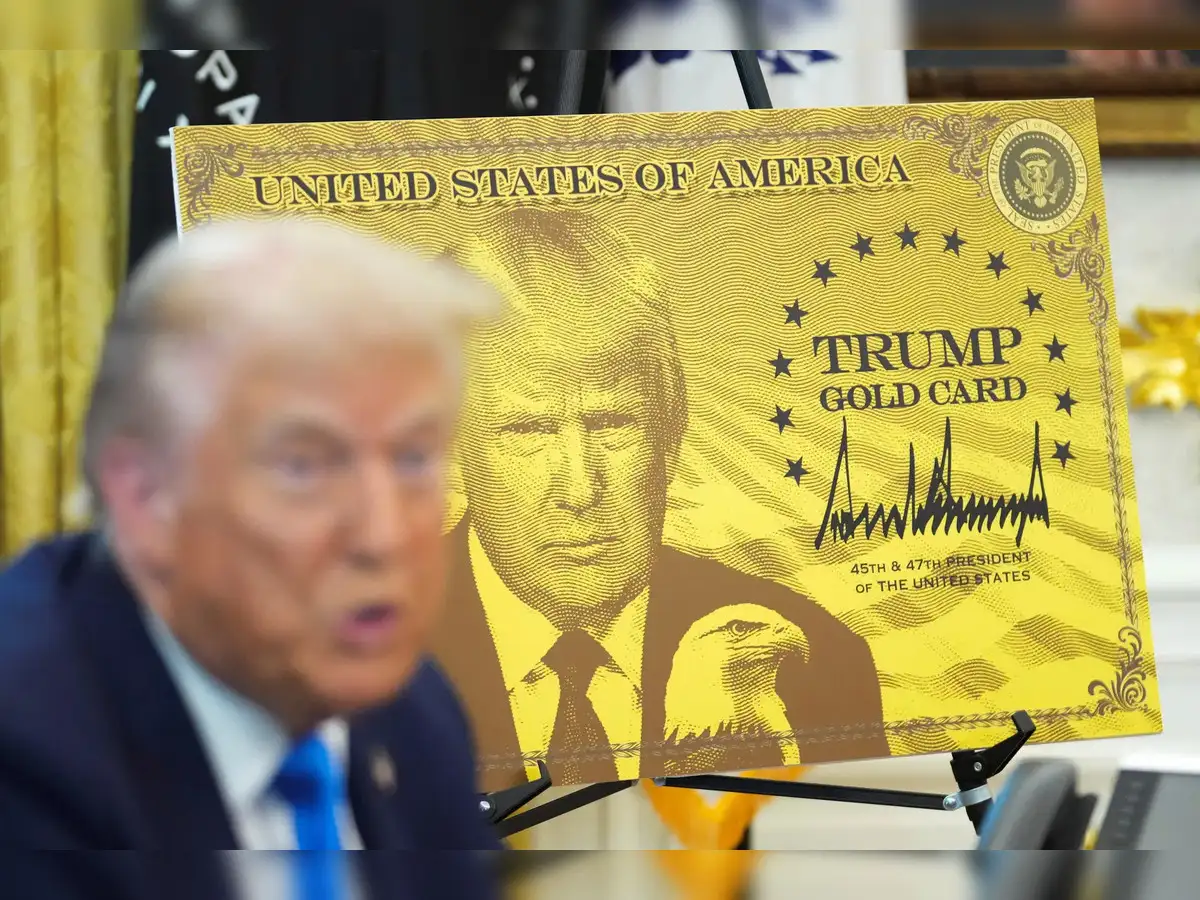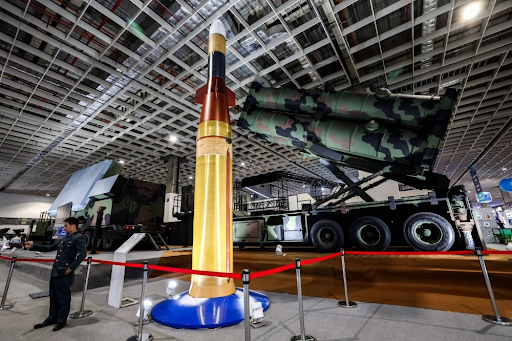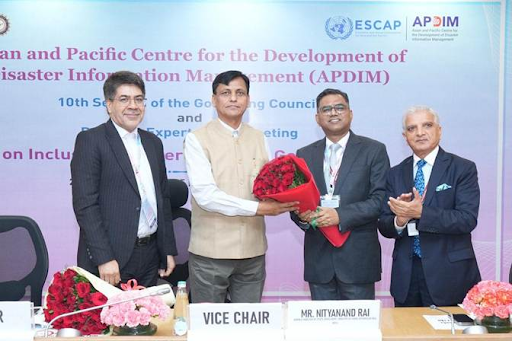



The Kurds, spread across Turkey, Syria, Iran, Iraq, and Armenia, remain stateless due to historical fragmentation. The Treaty of Sèvres promised autonomy but was never implemented. Atatürk suppressed Kurdish identity, while the PKK emerged as a resistance movement. Geopolitical tensions and external influences continue to shape their struggle for autonomy.

Copyright infringement not intended
Picture Courtesy: THE HINDU
The Kurdish people have a long and complex history marked by their struggle for identity, autonomy, and the unattainable dream of a unified Kurdistan.
The Kurdish people, a traditionally nomadic society spread across modern-day Turkey, Syria, Iran, Iraq, and Armenia, have been searching for Kurdistan—a state imagined by them after the concept of a "nation-state" emerged in the Ottoman Empire.
Historically, Kurdish societies were fragmented across the Ottoman Empire and never united under a single identity, this lack of unity prevented them from claiming a separate state when European powers carved up the region after World War I, leaving them stateless in modern geopolitics.
The Treaty of Sèvres was signed in 1920, it brought the Kurds closer to statehood than ever before.
It was drafted by Britain, it proposed local autonomy for predominantly Kurdish areas east of the Euphrates and allowed Kurds in Mosul Vilayet (modern-day northern Iraq) to join an independent Kurdish state voluntarily.
Mustafa Kemal Atatürk, the founder of modern Turkey, abolished the Sultanate in 1922 and the Caliphate in 1924.
He dismantled the spiritual base from which Kurdish Aghas (tribal chiefs) and Sheikhs derived authority. Atatürk’s nationalist vision aimed for a homogenous society, suppressing Kurdish identity.
The 1923 Treaty of Lausanne rejected Kurdish demands for recognition as a national minority. Kurdish associations, publications, schools, and religious fraternities were banned. These actions silenced Kurdish resistance for decades, which turned Kurdistan into a military zone closed to foreigners until 1966.
The authoritarian one-party system in Turkey relaxed in 1946, allowing opposition parties like the Democrat Party to revive Kurdish identity.
The PKK was founded by Abdullah Öcalan, adopted a Marxist-Leninist doctrine and launched a guerrilla campaign targeting the fascist right, Turkish left, state agents, and Kurdish landlords collaborating with the state. Initially shocking Kurdish masses with its violence, the PKK gained support as state repression intensified.
The PKK expanded by developing alliances; the Democratic Union Party (PYD) in Syria, the Free Life of Kurdistan Party (PJAK) in Iran, and the Kurdistan Democratic Solution Party (PCDK) in Iraq.
The Kurdistan Communities Union (KCK) serves as an umbrella organization, while the People’s Protection Units (YPG) formed in 2012, acts as its armed wing.
While Turkey, the U.S., and the EU designate the PKK as a terrorist organization, Russia does not. Russia has supported the PKK historically, even hosting a congress in Moscow in 1996.
In Iraq, the 2005 Constitution recognized Iraqi Kurdistan as a semi-autonomous region. In 2017, Kurds held a referendum for independence, but the Iraqi government reacted militarily.
The Kurdish people face challenges, including geopolitical tensions, internal fragmentation, and state repression.
Turkey suppresses Kurdish movements, while Iraq and Syria navigate complex relationships with their Kurdish populations.
External powers like the U.S., Russia, and regional actors influence Kurdish aspirations differently, this complicates efforts toward autonomy or independence.
Must Read Articles:
India's Medical Aid to the Kurdistan Region
Source:
|
PRACTICE QUESTION Q.The idea of a "Greater Kurdistan" comprises territories in which of the following present-day countries? A) Turkey, Iran, Iraq, and Syria B) Turkey, Iran, Iraq, Syria, and Armenia C) Turkey, Iran, Iraq, Syria, Armenia, and Azerbaijan D) Turkey, Iran, Iraq, Syria, and Lebanon Answer: B Explanation: "Greater Kurdistan" refers to the broader, culturally and geographically defined region in West Asia where the Kurds form a majority population, encompassing parts of Turkey, Iran, Iraq, Syria, and Armenia.
|







© 2025 iasgyan. All right reserved